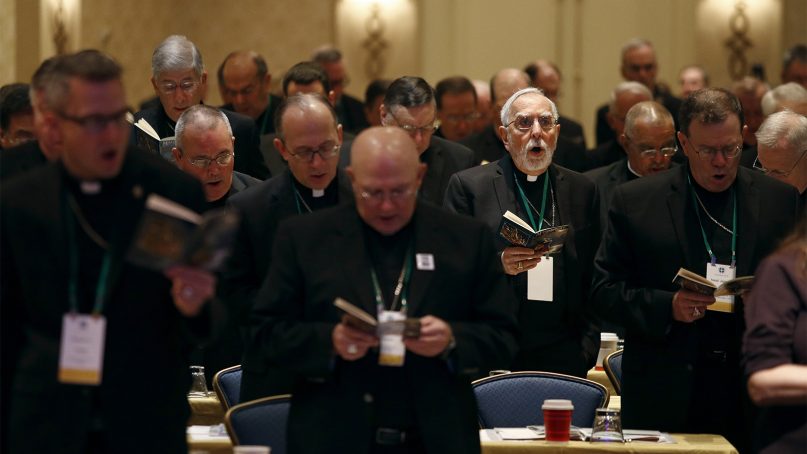According to New York Times columnist Ross Douthat, American Catholicism is in crisis because its leaders “cannot agree on what progress means” and are so divided theologically that one side doesn’t trust the other to lead the way forward.
Douthat begins his Sunday column by claiming that the iteration of the abuse crisis that began in Boston in 2001 did not have “an obvious long-term effect on the practice of the faith,” then goes on to say:
Yes, American Catholicism has lost millions of its baptized flock over the last 50 years. But that decline was steepest in the 1960s and 1970s; by the turn of the millennium, some trends (attendance at Mass, for instance) had stabilized, and the number of Catholics marrying in the Church and baptizing their children had settled into a slower decline.
Behind this recitation lies the narrative of a Catholic Church led astray by the Second Vatican Council (steep losses in the 1960s and 1970s), but so set to rights by Saint John Paul the Great that not even the horrific revelations set in train by the Boston Globe could upset the ecclesiastical applecart.
Don’t believe it.
Self-identified Catholics were 25 percent of the U.S. population when Vatican II wrapped up in 1965 and they remained so until 2005, keeping pace with a growing U.S. population. Between 2000 and 2005, however, native-born Catholics (overwhelmingly white) began leaving the Church in droves, declining from 21.5 percent of the population to 19.7 percent.
The difference was made up by non-native Catholics—Latinos for the most part. Meanwhile, the loss of white Catholics has continued apace. I’d call that a good candidate for an obvious long-term effect of the abuse crisis.
If you take a look at the “Frequently Asked Questions” page of Georgetown’s Center for Applied Research on the Apostolate (CARA), you’ll find that church marriages declined 18 percent in the 1970s and 36 percent in the 2000s. You’ll also find that baptisms of children and adults held reasonably steady until 2005, when they began to decline precipitously.
As for Mass attendance, its big drop came in the 1990s, not the 1970s, and this points to a deeper truth. The weaknesses in American Catholicism have more to do with overall trends in American religious identification and participation than they do with anything that’s happened in the Catholic church per se.
Beginning in the 1990s, increasing numbers of Americans have disengaged from religion, across the board—Jew and Gentile, black and white, rich and poor. Just as regional differences persist, so do the circumstances in particular religious communities. The recurrent abuse crisis has not done American Catholicism any good. Nor has the priest shortage. Nor has conservative resistance to the agenda of Pope Francis.
But American Catholics have been like other Americans in losing interest in religion. In his column, Douthat quips that “the liberals think the conservatives want an inquisition, the conservatives think the liberals want Episcopalianism, and there is some truth in both caricatures.”
There is more truth in refusing to believe that either approach can end the crisis.






